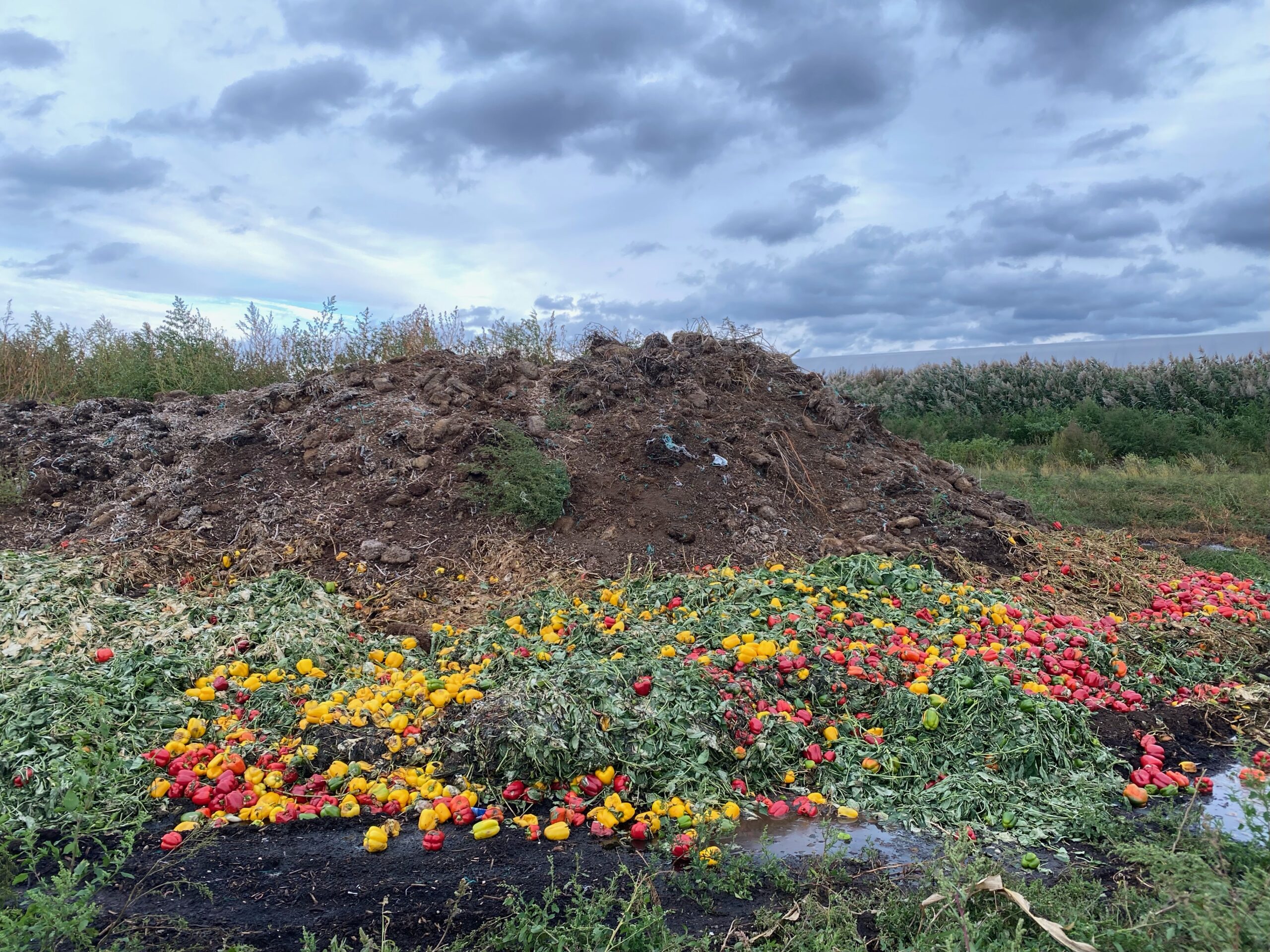
Enrich Your Soil — Enrich Your Life
How Home Composting Sustains Life and Builds Resilience.
By Gayil Nalls
Sign up for our monthly newsletter!
I ’ve heard it said—half in jest, half in truth—that a person’s true wealth can be measured by the size of their compost pile. Strangely enough, I heard it recently in the Hamptons. It’s a quietly radical notion, upending today’s common measures of prosperity. Instead of bank balances, stock portfolios, or crypto wallets, it prizes the richness of soil, the fertility of the land, and the slow alchemy of turning discards into life. In this view, abundance isn’t about accumulation but regeneration—how much you can give back to the earth, and how well you can nourish the cycle that, in turn, sustains the living soil.
Is soil living?
The answer is yes. Soil is much more than just dirt; it’s a dynamic, living ecosystem. A single handful of healthy soil contains billions of microorganisms, including bacteria, fungi, protozoa, nematodes, and micro-arthropods. These organisms interact with plant roots, break down organic matter, cycle nutrients, and help form soil structure.
In addition to microbes, soil supports larger life forms such as earthworms, insects, and even burrowing mammals, all of which contribute to aeration, mixing, and fertility. Because it houses and supports such a diverse web of life, and because it continuously evolves through biological activity, soil is rightly considered a living system. Its health and vitality are essential to the planet’s ecosystems, agriculture, and climate resilience.
Composting feeds this living system. By adding organic matter rich in decomposed plant material, compost improves the soil’s structure. It helps sandy soil retain water and allows heavy clay soil to drain more effectively, enabling water and air to flow freely to plant roots. Compost fuels beneficial microbial activity, helping break down organic material and cycle nutrients like nitrogen, phosphorus, potassium, and trace minerals. These are released slowly, offering plants steady nourishment without the harsh spikes or runoff risks of synthetic fertilizers.
Compost-rich soil also holds moisture better, reducing the need for frequent watering and increasing drought resilience. A healthy microbial population helps suppress diseases and pests by outcompeting harmful pathogens, promoting plant vitality.
Just as important, composting diverts food and garden waste from landfills, transforming what would be trash into a life-giving resource. It’s an act of renewal, recycling life into life.
“Abundance isn’t about accumulation but regeneration—how much you can give back to the earth, and how well you can nourish the cycle that, in turn, sustains the living soil.”
Home composting is simple and accessible. It only requires a steady supply of wet and dry organic materials. You can compost in a yard pile or a DIY bin, such as a trash can with holes drilled for drainage and aeration. Start with a base of shredded newspaper, dry leaves, or straw, layered with a bit of soil. Moisten the pile and begin adding your kitchen scraps, vegetable peels, fruit rinds, tea leaves, coffee grounds, and crushed eggshells, long with small garden waste like weeds, spent flowers, and straw. Turn the pile regularly to provide oxygen and ensure even decomposition. Over 9 to 12 months, microbial heat and time will transform it into rich, dark compost ready to enliven your garden, flower beds, or yard.
By composting at home, you become a steward of life itself, revitalizing your soil, supporting biodiversity, and building resilience from the ground up. With every handful of compost you return to the earth, you invest in a healthier, more self-sustaining future for your plants, for yourself, for your community, and the planet.
Gayil Nalls, PhD, is an interdisciplinary artist and theorist and the founder of the World Sensorium Conservancy.
Lead photograph by Gayil Nalls of a truly beautiful compost pile, found in southern Austria, a region known for its abundant pepper harvests.
Plantings
Issue 51 – September 2025
Also in this issue:
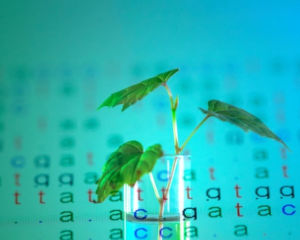
De-Extinction vs. Conservation: Why Saving Plants Today Matters Most
By Gayil Nalls

Natural Processes Restored at Derrynane: Could this be Ireland’s first rewilded woodland?
By Vincent Hyland
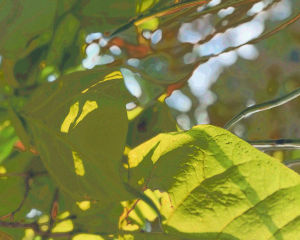
“Let the Forest Flow for Its Forestness” Extending the Language of Rights to the More-than-Human World
By Willow Gatewood
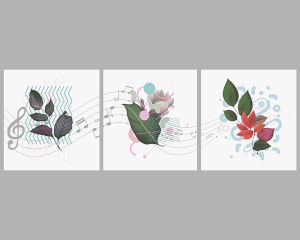
If Oaks and Orchids Could Talk
By Vittoria Traverso
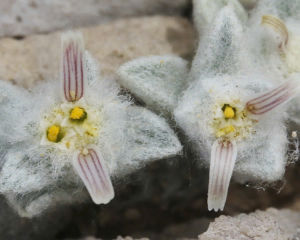
What Can We Learn from the Woolly Devil
By Liz Lindqwister

Eat More Plants Recipes:
Crab Apple Jelly
By Mo Stafford
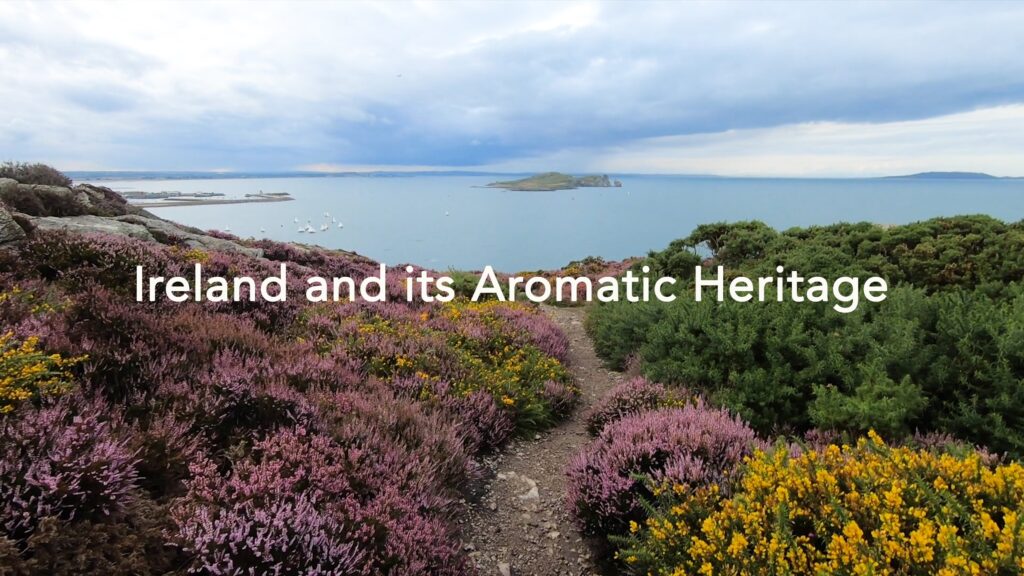
As Ireland transitions from the rich, smoky scent of peat-burning to a more sustainable future, its olfactory heritage is evolving. What will become the next iconic aromatic symbol of Ireland?
Click to watch the documentary trailer.

